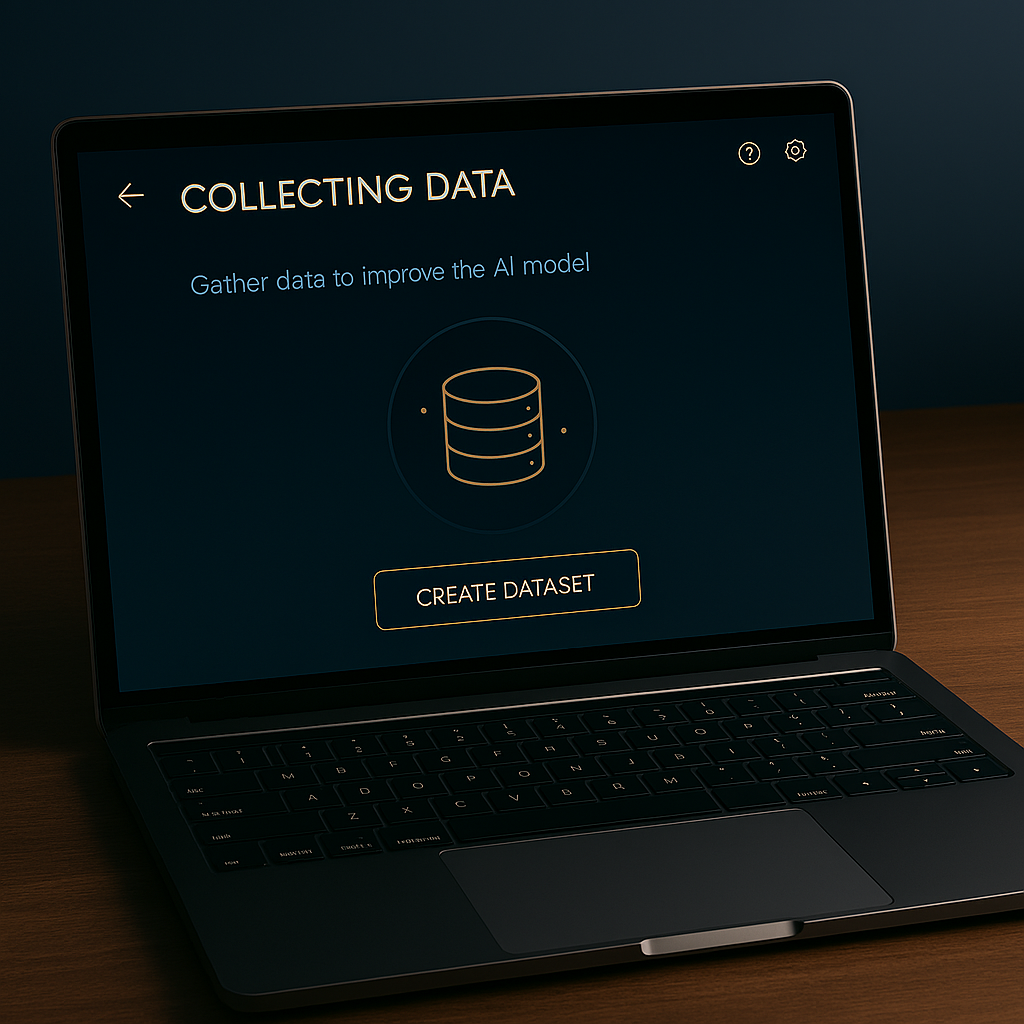
How Much Data Does an AI Need to Get Smarter?
One of the most common questions I get is, "How much data do you need to train an AI?". It's a great question because it touches the very core of how AI learns.
The simple answer is, "It depends". But the more helpful answer is that it's not just about how much, but also about how good.
It's Not Just About Quantity, It's About Quality
Imagine you want to learn how to cook. Would you become a better chef by reading one thousand random, poorly written recipes, or by studying one hundred excellent, well-explained recipes from a master chef? Most would choose the latter. The same is true for AI.
An AI trained on millions of low-quality, irrelevant, or biased examples will likely perform poorly. It might learn the wrong patterns or develop undesirable behaviors. Quality trumps quantity, every time.
Giving an AI a massive, messy dataset is like trying to hydrate yourself by drinking from a firehose. You'll get a lot of water, but not in a useful way.
So, How Much Is "Enough"?
The amount of data needed depends on the task:
- For Broad, General Models (like GPT-4, Gemini-2.5-pro): These models are trained on internet-scale data—trillions of words and billions of images. This is why they are so knowledgeable about a wide range of topics. This is a task for major corporations, not individuals.
- For Fine-Tuning a Specific Skill: This is what most developers, including myself, do. When fine-tuning, you don't need a massive dataset. You need a smaller, highly-curated one. For personalizing an AI's personality or teaching it a specific task, you might only need a few hundred to a few thousand high-quality examples. For VORG-1.0-COOL, I am focused on creating a small but powerful dataset of empathetic conversations.
- For Simple Classification Tasks: If you're building an AI to simply tell the difference between a cat and a dog, you might get good results with a few thousand labeled images.
The Key Ingredients of a Good Dataset
Instead of focusing only on the number, focus on these three things:
- Relevance: The data must be directly related to the task you want the AI to perform. Don't teach an AI about financial analysis using a dataset of poetry.
- Diversity: The data should cover a wide range of scenarios and examples to avoid bias. A facial recognition AI trained only on one demographic will fail when it encounters others.
- Accuracy: The data must be clean and correctly labeled. Garbage in, garbage out.
So, the goal isn't to find the biggest dataset possible. The goal is to build the best dataset for the job.
For an independent developer like me, this is empowering. It means I can create a unique and effective AI not by out-competing on size, but by excelling in the quality and thoughtfulness of the data I provide.